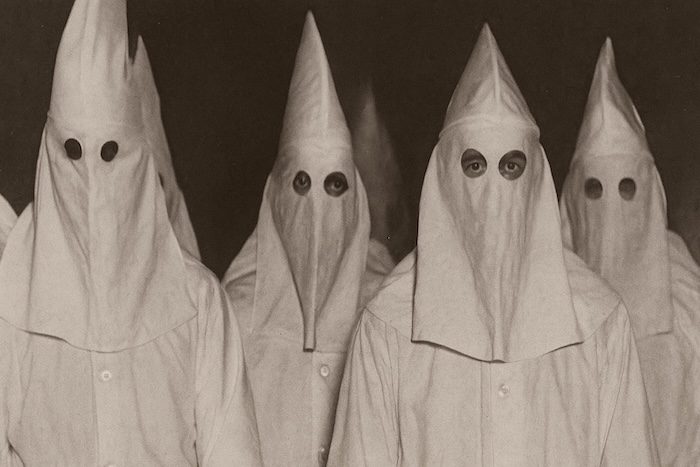
Knowing Their Names , Knowing Our History
How Identifying White-Supremacist Organizations Helps Uncover the Lost Chapters of African American Family History
“Each time African Americans advanced toward equality, the Ku Klux Klan re‑emerged to push them back.”
Why It Matters
During Reconstruction and well into the 20th century, groups like the Ku Klux Klan, White League, Red Shirts, and Knights of the White Camellia left fingerprints across America’s legal, social, and genealogical landscape. Knowing their names is not about amplifying hate — it’s about decoding history. When genealogists encounter record gaps, erased names, or destroyed ledgers, these groups often explain why those voids exist.
To know these organizations is to confront the machinery of erasure. Their violence was not only physical — it erased names, records, and community memory. Every burned church, missing ledger, or unrecorded death represents a stolen piece of history. When researchers name these groups, they reclaim truth from silence and restore dignity to the ancestors who endured. Each rediscovered name becomes both remembrance and resistance.
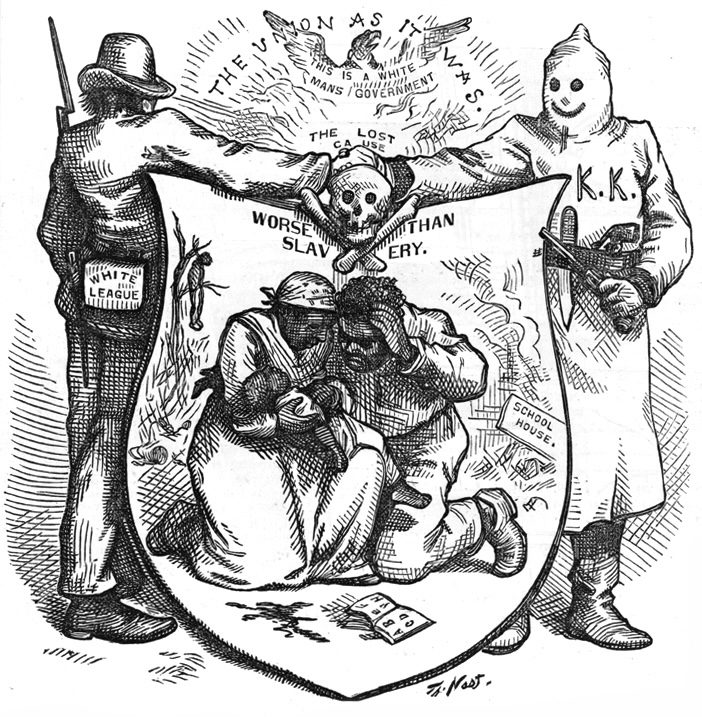
States That Delayed Ratifying the 13th Amendment
| State | Final Ratification Date | Initial Action (1865) | Historical Note |
| Delaware | February 12, 1901 | Rejected Feb 8 1865 | Symbolic ratification 36 years later. Delaware, though a Union state had refused to abolish slavery during the Civil War. |
| Kentucky | March 18, 1976 | Rejected Feb 24 1865 | Symbolic ratification 111 years later. Kentucky continued forced labor practices well into Reconstruction. |
| Mississippi | March 16, 1995 (officially certified 2013) | Rejected Dec 4 1865 | Symbolic ratification nearly 130 years later; state paperwork wasn’t filed with the U.S. Archivist until 2013. |
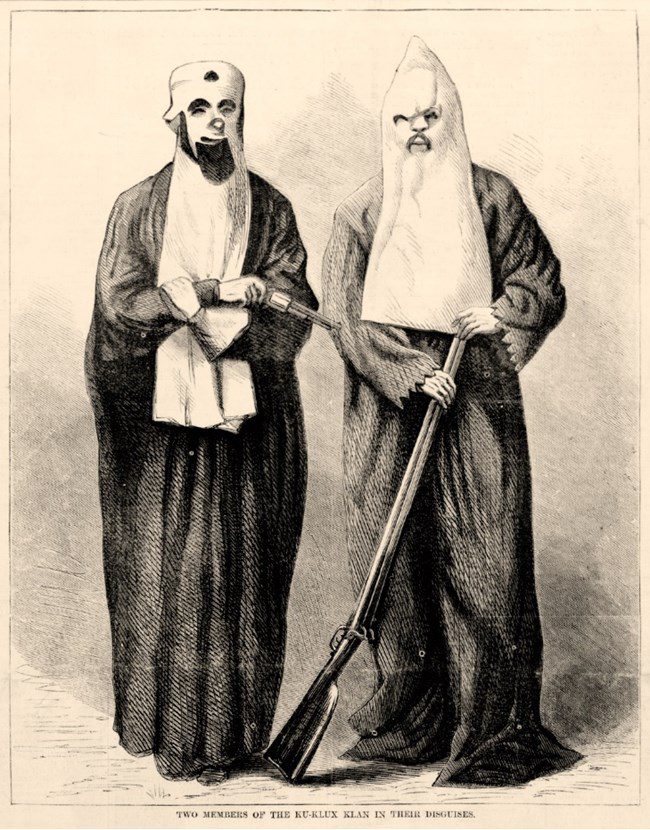
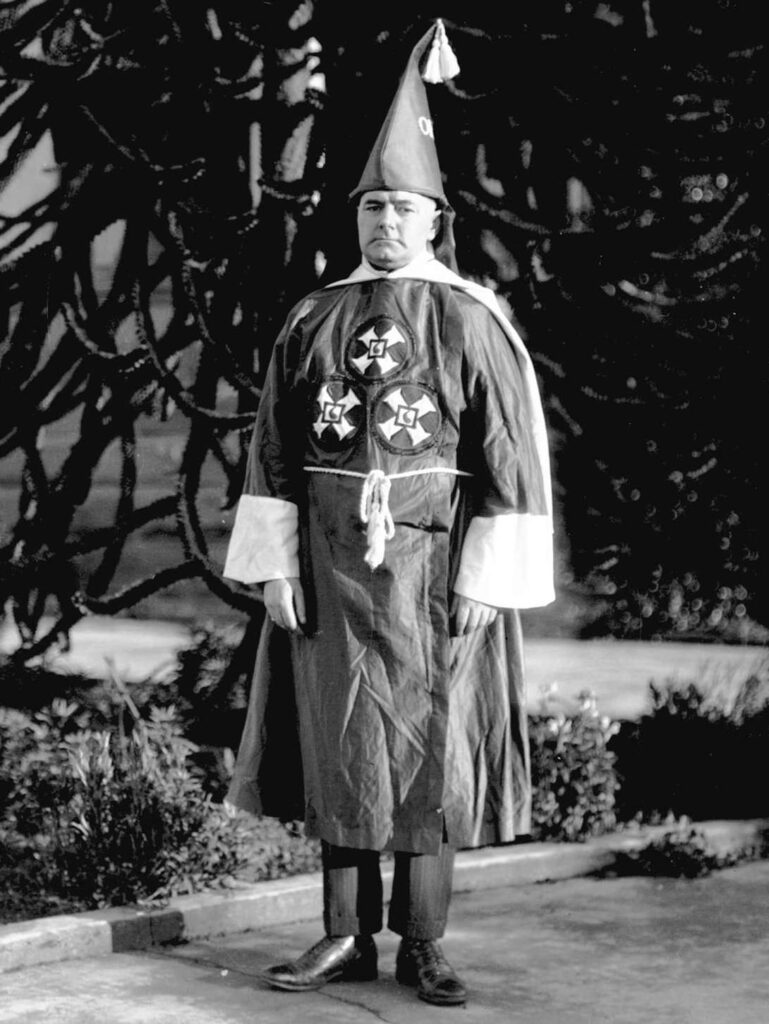

Archival imagery of organized terror groups. Presented for educational and historical documentation.
Chronological Table — White-Supremacist & Paramilitary Organizations (1860s–2025)
| Era / Years | Organization (Linked) | Region of Operation | Founders / Leadership | Primary Targets | Key Activities / Incidents | Outcome / Legacy |
|---|---|---|---|---|---|---|
| 1865–1871 (Reconstruction) | Ku Klux Klan (First Klan) | Tennessee → Southwide | Six Confederate veterans (Pulaski, TN) | Freedmen, teachers, church leaders, Republicans | Night-riding, lynching, 1870–71 federal Enforcement Acts | Disbanded after federal intervention; revived in 1915 |
| 1915–1944 (Jim Crow / National Revival) | Ku Klux Klan (Second Klan) | Nationwide | William J. Simmons (Stone Mountain, GA) | Black Americans, immigrants, Catholics, Jews | Political influence, parades, cross-burnings, lynchings | Declined after corruption scandals and WWII |
| 1946–Present (Civil Rights / Modern Era) | Ku Klux Klan (Third / Modern Klan) | National, especially South & Midwest | Various modern leaders | Black and Jewish communities, civil rights activists | Bombings, intimidation, propaganda | Continues as fragmented hate groups tracked by SPLC and ADL |
| 1867–1870s (Reconstruction) | Knights of the White Camellia | Louisiana, Alabama, Texas | Col. Alcibiades DeBlanc | Black voters, Northern officials | Secret oath society; attacked schools, polls | Collapsed by 1870; influenced later Klan |
| 1868–1871 (Reconstruction) | Order of the Pale Faces | Tennessee | Local white elites | Freedmen’s Bureau teachers | School burnings, assaults | Merged into early Klan activity |
| 1869–1871 (Reconstruction) | Constitutional Union Guard (C.U.G.) | North Carolina | Local Democrats & ex-Confederates | Union League members | Kidnappings, whippings | Suppressed by federal troops |
| 1869–1872 (Reconstruction) | White Brotherhood | North Carolina, Louisiana | Unknown; Klan affiliates | Black voters & registrars | Intimidation, arson | Faded after 1872 federal hearings |
| 1870–1877 (Reconstruction / Redemption) | Rifle Clubs (South Carolina) | South Carolina | Redeemer Democrats | Black militia, freed voters | Hamburg, Ellenton, and Cainhoy massacres (1876) | Disbanded after end of Reconstruction |
| 1874–1877 (Redemption) | White League / White Man’s League | Louisiana | Confederate veterans & Democrats | Black voters, officeholders | Battle of Liberty Place (1874) | Ended with federal troop withdrawal |
| 1874–1876 (Redemption) | White Line Movement | Mississippi, South Carolina | Democratic “redeemers” | Black politicians, Union Leagues | Vicksburg (1874), Clinton Massacre (1875) | Restored white political control |
| 1875–1877 (Redemption) | Red Shirts | Mississippi, North & South Carolina | Democratic militias | Black voters, Republican officials | Poll intimidation, 1876 election violence | Became model for political terrorism |
| 1870s (Reconstruction / Redemption) | Mississippi Rifle Clubs & Nightriders | Mississippi | White Democrats | Republican organizers | “Mississippi Plan” of voter suppression | Legacy of organized paramilitary politics |
| 1880s–1910s (Post-Reconstruction / Jim Crow) | Whitecaps / Whitecapping | Rural South & Midwest | Vigilante farmers | Black sharecroppers, laborers | Night whippings, arson | Outlawed by early 1900s anti-nightrider laws |
| 1860s–1875 (Local Vigilantes) | Regulators | North Carolina, Kentucky | Self-styled “law enforcers” | Freedmen, Unionists | Public whippings, mob justice | Early prototype for organized racist militias |
| 1954–1975 (Civil Rights Era) | White Citizens’ Councils | Deep South | Robert Patterson (Indianola, MS) | Civil-rights activists, Black voters | Economic terror, firings, evictions | Dissolved mid-1970s; ideology absorbed by new groups |
| 1960–Present (Modern Era) | White Camellia Knights of the KKK | Gulf States | Modern Klan factions | Black & Jewish communities | Propaganda, rallies | Small, splintered extremist cells |
| 1994–Present (Neo-Confederate) | League of the South | Alabama, Georgia, Florida | Michael Hill | African Americans, immigrants, “liberal whites” | Secessionist rallies, online radicalization | Active; designated hate group by SPLC & ADL |
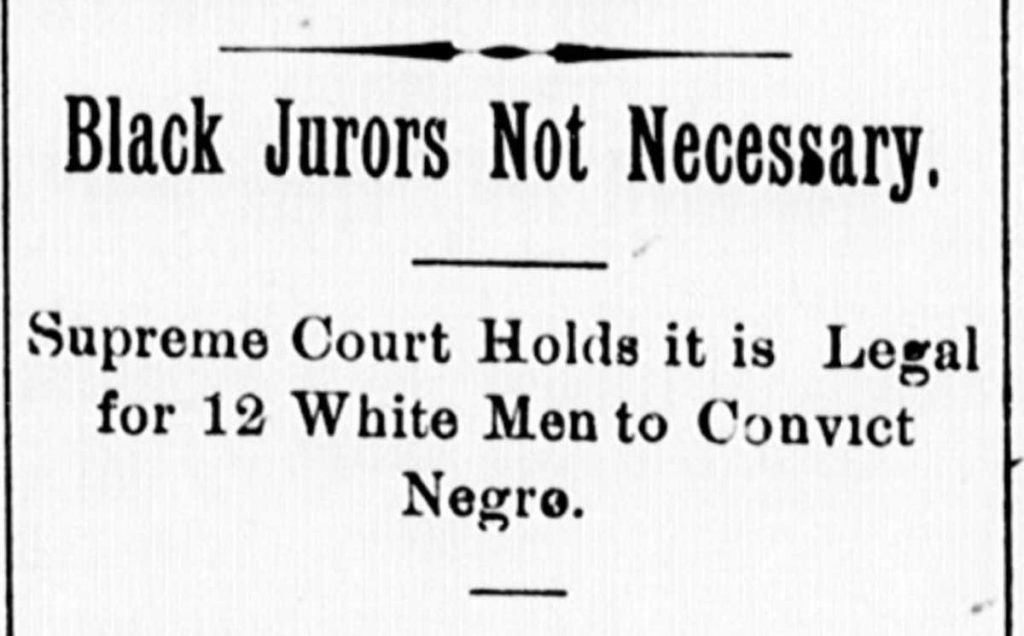
Bias Reporting
Suppressed Justice
Altered Wording
These Groups Influenced How and Why Records Were Written
Clerks, sheriffs, and justices of the peace in Reconstruction-era counties were often affiliated with, or intimidated by, these same organizations. That means:
- ➡️ Biased reporting: A coroner’s inquest might record a murder as “unknown assailant” when it was, in truth, a White League raid.
- ➡️ Suppressed justice: Indictments against Klansmen were dropped after the 1877 withdrawal of federal troops.
- ➡️ Altered terminology: Words like “night riders,” “regulators,” “rifle clubs,” or “citizens’ committee” often masked the identity of white terror groups in official documents.
Understanding Who They Were Helps Locate the Records They Created
Federal Sources
Record Groups 60, 65, 94 (Dept. of Justice, FBI, War Dept.)
Freedmen’s Bureau Records (RG 105)Reports, contracts, and complaints of violence.
1871 Congressional Klan Hearings (Library of Congress)Testimonies identifying counties and perpetrators.
U.S. District & Circuit Court RecordsIndictments under the Enforcement Acts — searchable in the NARA Catalog.
Federal Writers’ Project Slave Narratives (1930s)Firsthand recollections of postwar racial terror.
State Sources
Clinton Riot & political violence files.
South Carolina Dept. of Archives & HistoryAdjutant General reports and militia records.
Louisiana State Archives“Reconstruction Correspondence” and “Insurrection” files.
Chronicling America – Historic NewspapersArticles on “citizens’ meetings” and “outrages.”
Tulane University – Louisiana Research CollectionDocuments on White League and militia activity.
Local & County Sources
Entries referencing “Night Riders,” “Citizens’ Committees,” or “Regulators.”
Coroner’s Inquests – South Carolina Digital LibraryRecords of Reconstruction-era deaths listed as “unknown persons.”
Church & Cemetery Records – FamilySearchMembership losses or burials after racial violence.
U.S. GenWeb ProjectCounty-level genealogical archives and volunteer transcriptions.
Directory of State & Local Historical SocietiesList of repositories preserving regional records.
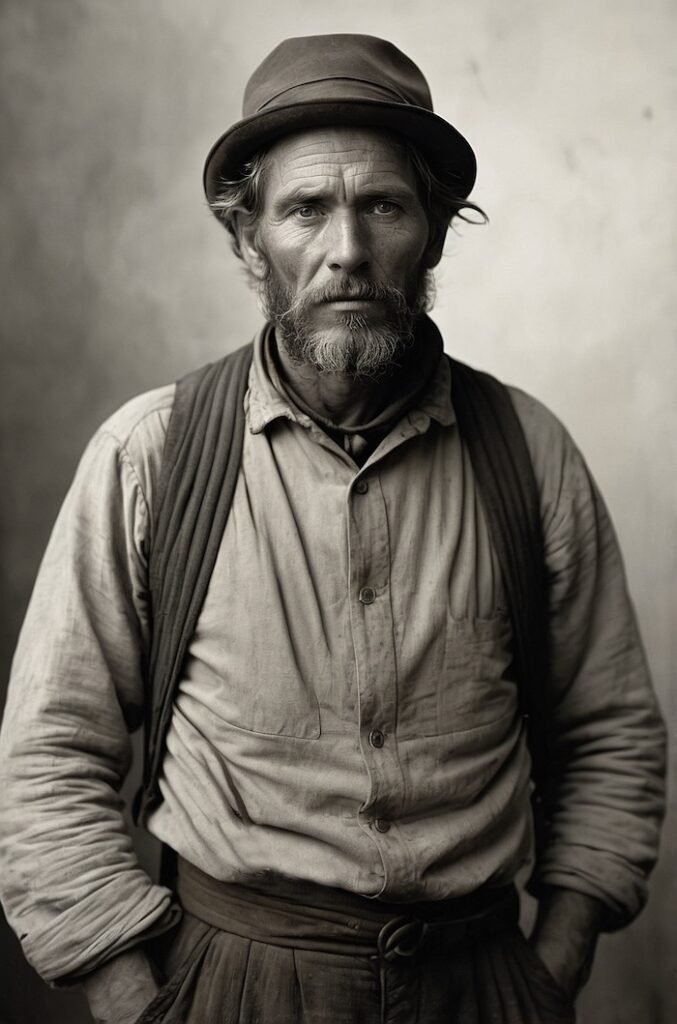
How They Appear in Historical Records
| Document Type | Possible Clues | What It Tells You |
| Census or Voter Lists | Missing voters after 1870 | Evidence of intimidation or flight |
| Court Records | “Night Riders,” “Regulators,” “Citizens’ Committee” | Local aliases of white terror groups |
| Coroner Reports | “Death by unknown persons” | Masked racial violence coded as neutral |
| Newspapers | “Riot,” “Unrest,” “Disturbance” | Euphemisms for organized attacks |
| Land Deeds | Sudden property transfers | Forced sales under duress |
